
(Cleveland Clinic via SWNS)
By Ben Barry
A hospital hand-crochet octopuses with tentacles to resemble umbilical cords - to help babies in NICU feel safe.
The premature babies at the Cleveland Clinic are being given a crocheted octopus to help them thrive in the hospital.
Originating in Denmark in 2013, the concept was introduced by volunteers who recognized that the tentacles of a crocheted octopus could resemble the umbilical cord - helping babies feel safe and preventing them from pulling out medical tubes and cords.
Jaclyn Thaxton, a registered nurse at Cleveland Clinic Children’s NICU, says the team researched before introducing the octopuses.

(Cleveland Clinic via SWNS)
They reviewed safety standards and found that not only are the crocheted animals safe, but their tentacles can help stabilize a baby’s vitals during painful procedures.
Each octopus is made by volunteers who follow strict guidelines, they must use 100 percent cotton yarn, avoid any accessories, and wash the finished product at high heat.
Once complete, the octopus is given a name, often by the baby’s family.

(Cleveland Clinic via SWNS)
Volunteers have crafted more than 500 octopuses for Cleveland Clinic Children's NICU.
Jaclyn said: "At each bedside, we have a naming card, and a lot of times our siblings aren’t able to be very involved with the care of their new sibling, so we encourage families to let them name the octopuses.
"If there aren’t siblings, it’s also something fun for the respiratory therapists, nurses, and caregivers to get together and name a baby’s octopus.”






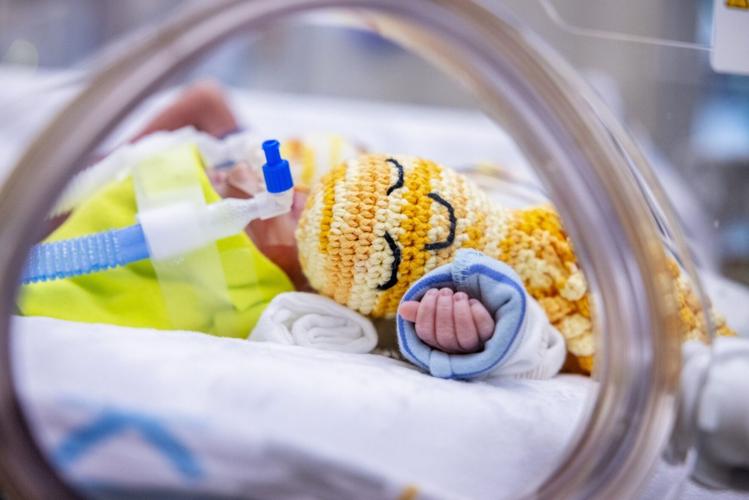

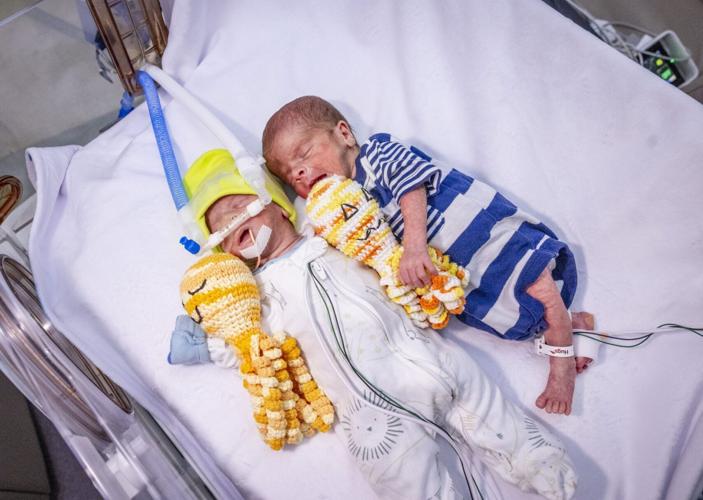




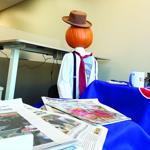
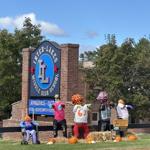
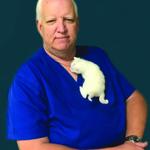
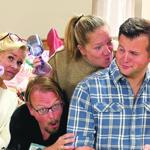
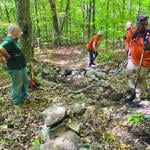





(0) comments
Welcome to the discussion.
Log In
Keep it Clean. Please avoid obscene, vulgar, lewd, racist or sexually-oriented language.
PLEASE TURN OFF YOUR CAPS LOCK.
Don't Threaten. Threats of harming another person will not be tolerated.
Be Truthful. Don't knowingly lie about anyone or anything.
Be Nice. No racism, sexism or any sort of -ism that is degrading to another person.
Be Proactive. Use the 'Report' link on each comment to let us know of abusive posts.
Share with Us. We'd love to hear eyewitness accounts, the history behind an article.